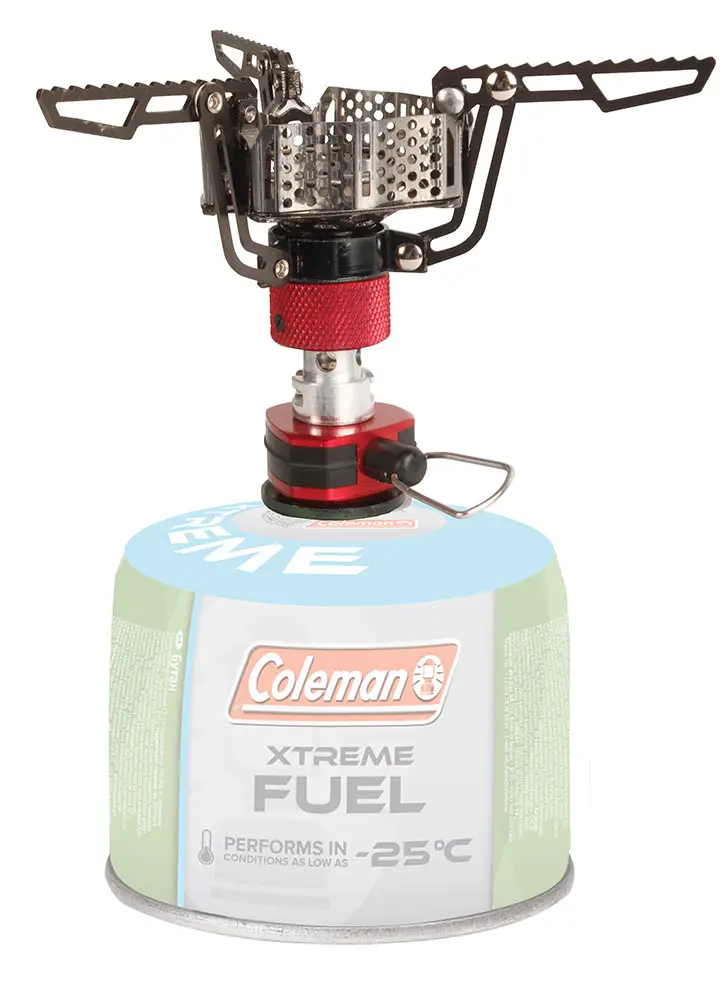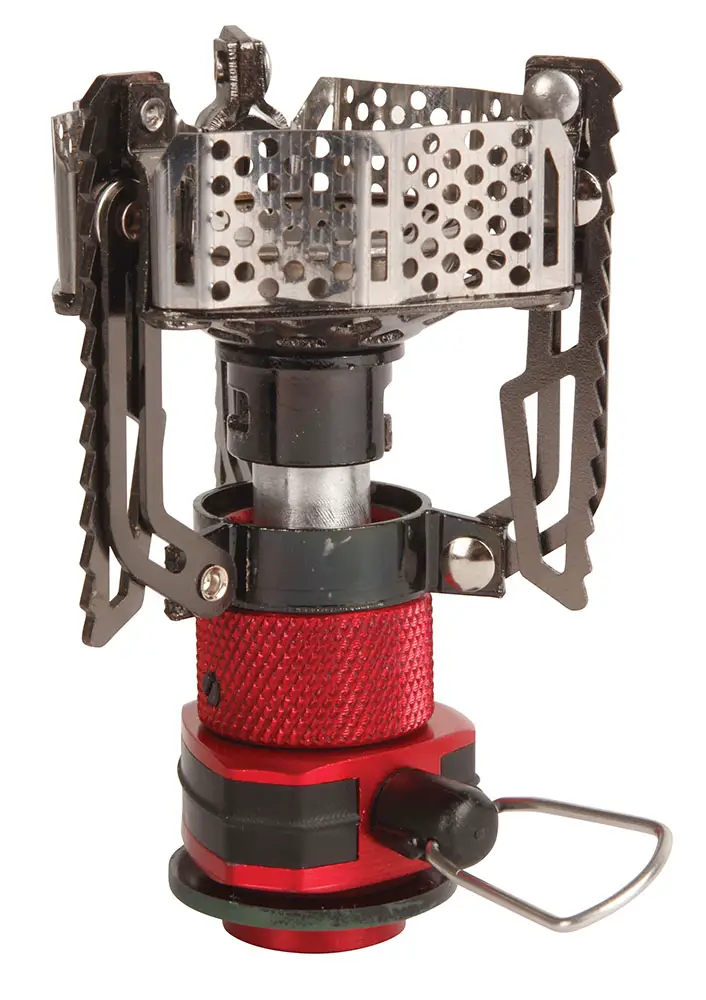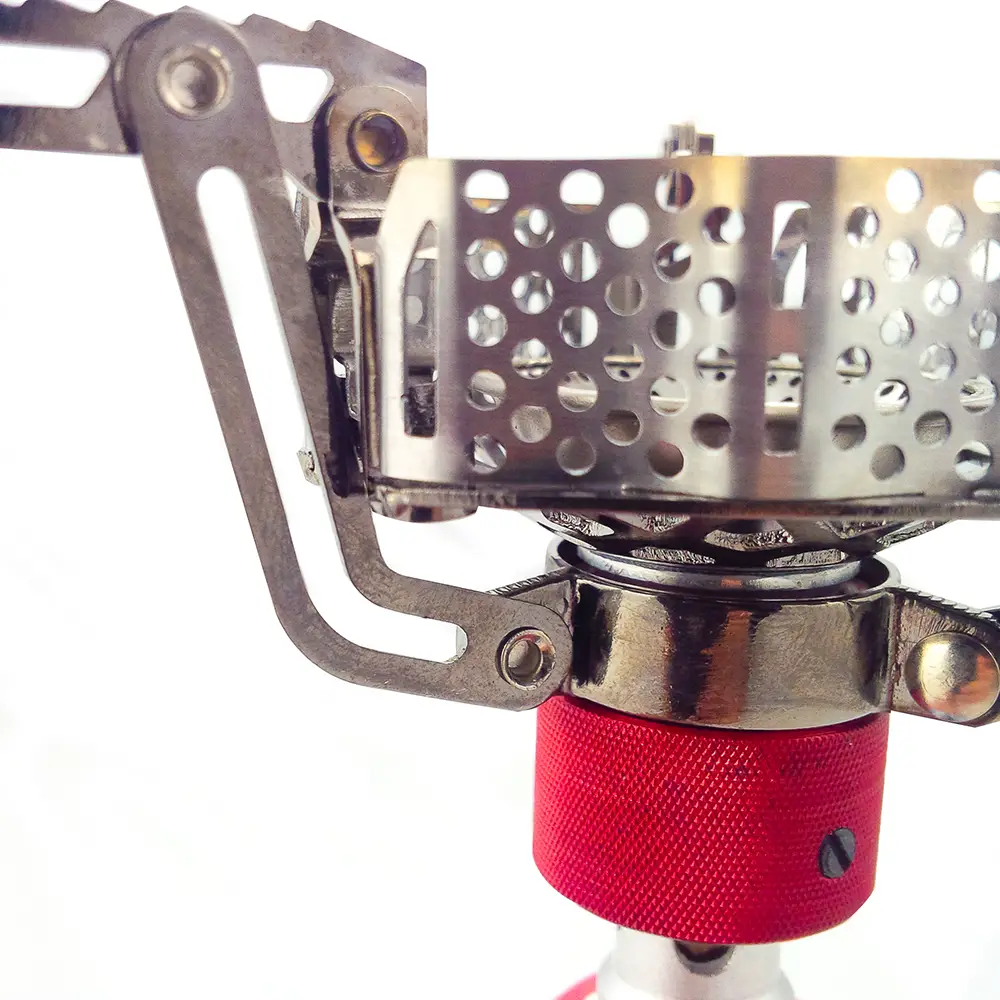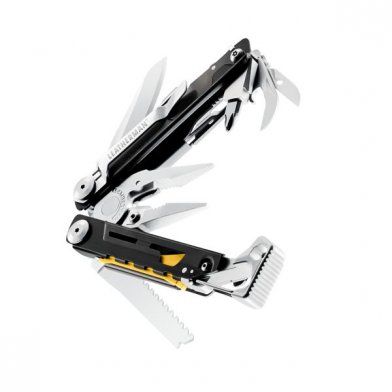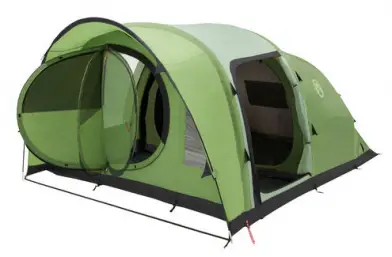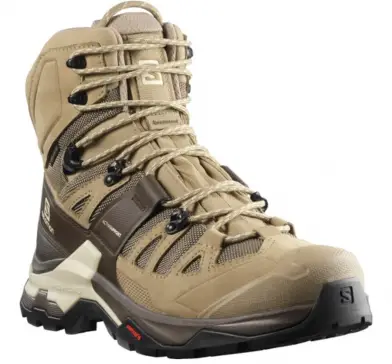Coleman Fyrestorm Stove & C300 Xtreme Gas
Summary: At £50 it seems to be in the right ballpark price wise. Camping stoves are a particularly difficult thing to compare and contrast pricewise because very few feature an identical set of, er, features. If you’re looking for a stove which will give your gas a little bit more bang for buck when the elements are turning against you and this could be a good investment and you should check it out in your nearest retailer.
Editor's Pros & Cons
Pros
- Sturdy and stable
- Works even in harsh cinditions
Cons
- Still needs some help from high winds
Review
We’ve been waiting for a seriously cold and breezy day in order to test this stove and winter gas combination to best effect, but that hasn’t materialised yet this winter so we’ll go with the flow and base the review on what we have been able to test. We had the stove set up in the garden of a shop the other day, the temperature was hovering around -2 and there was a very light breeze. We used the stove with a normal kitchen pan to make small lots of mulled wine for customers, which went down really well and actually the stove performed brilliantly all day.
We had the confidence to use the stove with a normal because it feels pretty sturdy and not the kind of thing that is going to fall over in either a light breeze or without a deliberate hoofing. The three sturdy and support legs are almost 6 inches apart tip to tip and that gives you a nice wide base for a pan. Once screwed into the gas canister the whole thing is reassuringly secure and fills you with the confidence you need to start heating up liquids in a potentially litigious arena.
The knurled collar which you raise and twist in order to lock the pan supports in place follows the theme of being reassuring. It’s solid and difficult to accidentally twist so that if you want to deploy or stow the pan supports you really do need to mean to do it.
This is not an ultralight stove for those of you who chop your shoelaces in half to save weight. This ways in at just shy of 140 g but to me every single one of those grams appears to have a function which makes using and relying on the stove a pleasant experience.
Coleman sell this stove as a proper rugged outdoorsy cooker which will protect your precious flame from the elements. They say that it will cut down boiling time to half when there is a 3 m/s wind, and that it is only one of a few stoves which work at all in a 6 m/s wind speed. That sounds massively impressive until you do the maths and realise that 3 m/s is only 6 ½ mph. No gas stove is going to cook your dinner or boil your tea unprotected from the British weather so make no mistake that you will still need to provide some kind of shielding between the flame and the wind.
That said the wind block system, which is the sturdy metal mesh around the burner, and the fact that the burner is concave rather than convex, means that in slight breezes the flame will be completely unaffected and more of your precious energy will go to making your tea, that in turn will save you fuel and weight and cost and that can be no bad thing. It seems to work very well in our outdoor tests so far.
The Fyrestorm Stove comes in a drawstring mesh pouch which is handy for keeping it from snagging in your kit. And call and sell it as a rugged stove, which is good because I’ve literally just dropped it. Looking at it, it bounced off the concrete floor without any damage so I guess that’s another tick in its favour.
Coleman sent us a canister of their extreme gas which is suitable for use down to -27° C, I’m afraid that the temperature has got nowhere near that cold, but we have been able to test it down to about -4 and that didn’t seem to make any difference at all. If you’re into your gas technologies then it says that it is a mix of butane and propane and the C 300 size weighs 230 g but other sizes are available if you are going on longer trips or want to save a bit of weight.
I really like this stove because it’s that nice middle ground between being compact enough to stuff in your sack and sturdy enough for real-world cooking without having to balance anything like some kind of yogi. It suits me down to the ground and seems to tick most of my camping and trail boxes in terms of the size and weight cooking implements that I use for myself and for couple camping. I’ve taken to leaving this in my car so I can eat or reheat hot drinks when I’m out and about.
We had the confidence to use the stove with a normal because it feels pretty sturdy and not the kind of thing that is going to fall over in either a light breeze or without a deliberate hoofing. The three sturdy and support legs are almost 6 inches apart tip to tip and that gives you a nice wide base for a pan. Once screwed into the gas canister the whole thing is reassuringly secure and fills you with the confidence you need to start heating up liquids in a potentially litigious arena.
The knurled collar which you raise and twist in order to lock the pan supports in place follows the theme of being reassuring. It’s solid and difficult to accidentally twist so that if you want to deploy or stow the pan supports you really do need to mean to do it.
This is not an ultralight stove for those of you who chop your shoelaces in half to save weight. This ways in at just shy of 140 g but to me every single one of those grams appears to have a function which makes using and relying on the stove a pleasant experience.
Coleman sell this stove as a proper rugged outdoorsy cooker which will protect your precious flame from the elements. They say that it will cut down boiling time to half when there is a 3 m/s wind, and that it is only one of a few stoves which work at all in a 6 m/s wind speed. That sounds massively impressive until you do the maths and realise that 3 m/s is only 6 ½ mph. No gas stove is going to cook your dinner or boil your tea unprotected from the British weather so make no mistake that you will still need to provide some kind of shielding between the flame and the wind.
That said the wind block system, which is the sturdy metal mesh around the burner, and the fact that the burner is concave rather than convex, means that in slight breezes the flame will be completely unaffected and more of your precious energy will go to making your tea, that in turn will save you fuel and weight and cost and that can be no bad thing. It seems to work very well in our outdoor tests so far.
The Fyrestorm Stove comes in a drawstring mesh pouch which is handy for keeping it from snagging in your kit. And call and sell it as a rugged stove, which is good because I’ve literally just dropped it. Looking at it, it bounced off the concrete floor without any damage so I guess that’s another tick in its favour.
Coleman sent us a canister of their extreme gas which is suitable for use down to -27° C, I’m afraid that the temperature has got nowhere near that cold, but we have been able to test it down to about -4 and that didn’t seem to make any difference at all. If you’re into your gas technologies then it says that it is a mix of butane and propane and the C 300 size weighs 230 g but other sizes are available if you are going on longer trips or want to save a bit of weight.
I really like this stove because it’s that nice middle ground between being compact enough to stuff in your sack and sturdy enough for real-world cooking without having to balance anything like some kind of yogi. It suits me down to the ground and seems to tick most of my camping and trail boxes in terms of the size and weight cooking implements that I use for myself and for couple camping. I’ve taken to leaving this in my car so I can eat or reheat hot drinks when I’m out and about.





